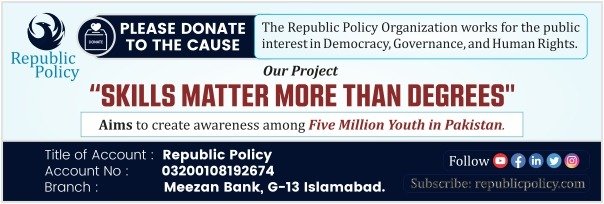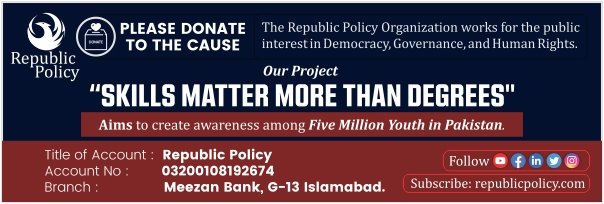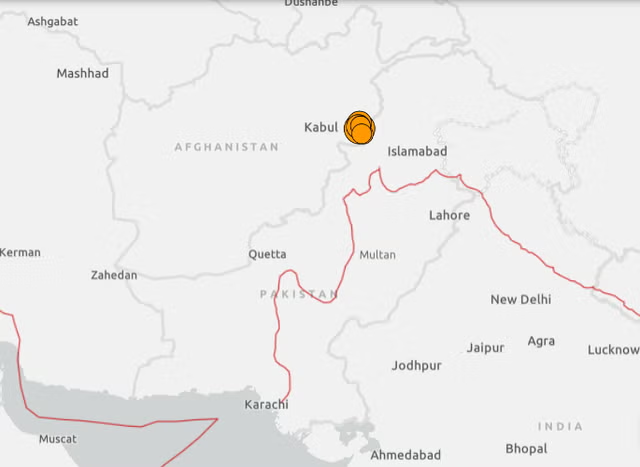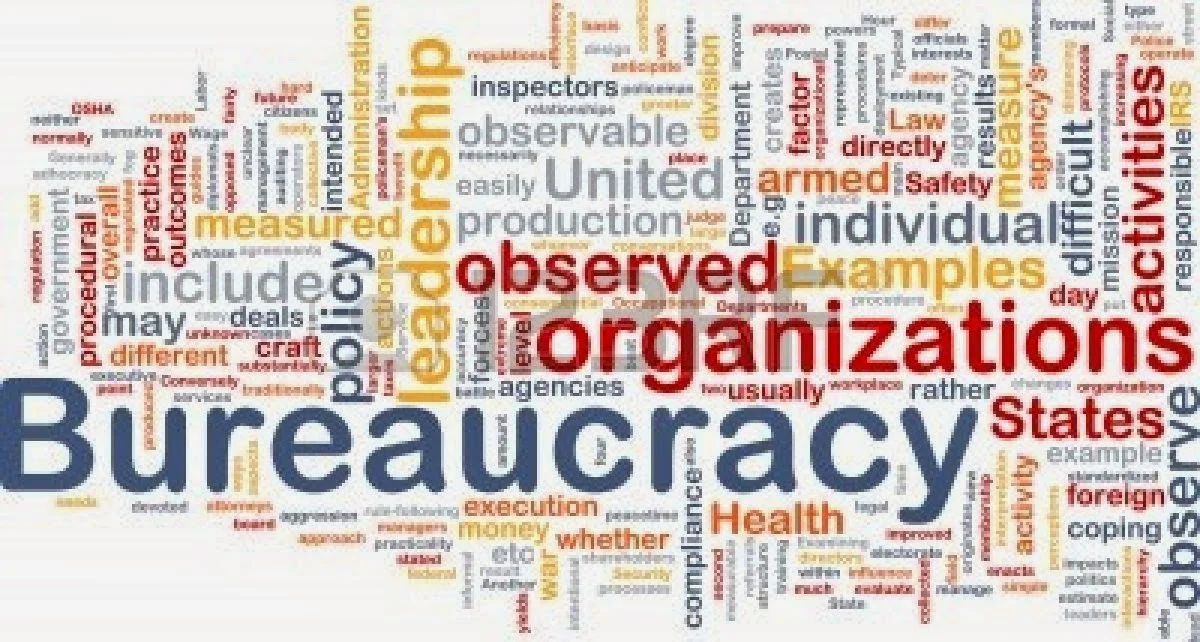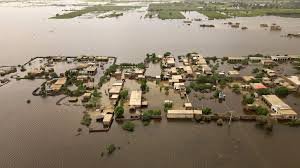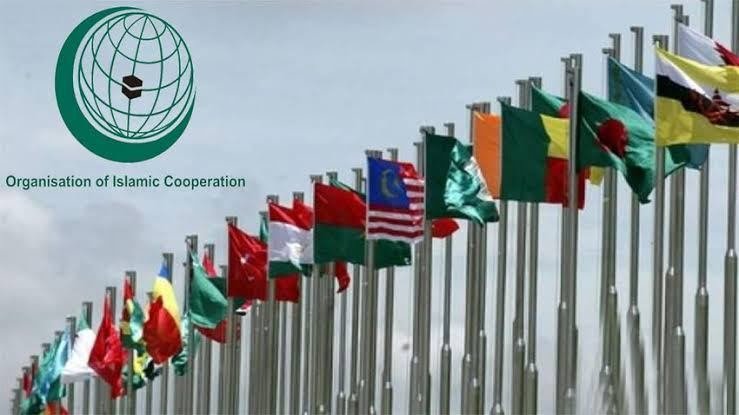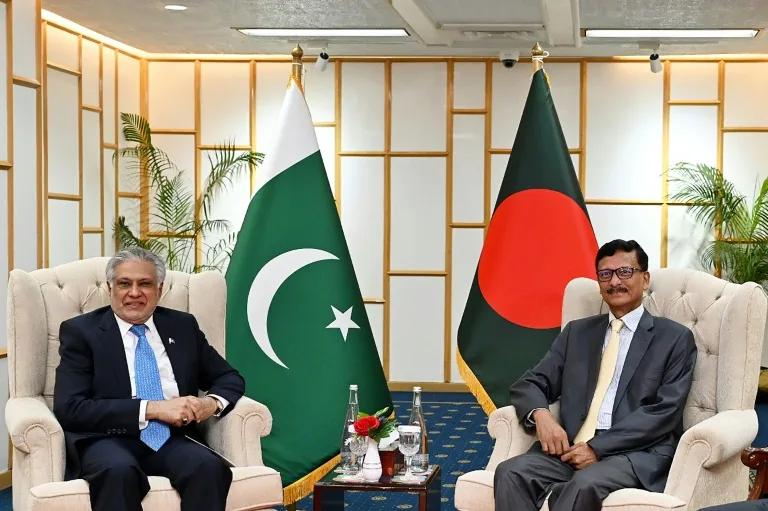Dr Ahmad Khawar Shahzad
Pakistan’s economic tides are intricately linked with the flow of its water resources, nurturing agriculture and energizing the economy. As water scarcity ebbs and flows, a treasure trove of floodwater emerges, waiting to be harnessed. It’s time to rethink, revalue, and reap the rewards of this precious annual gift, transforming potential floods into a surging force for economic growth and development! Pakistan’s waterscape is a paradox – deluged by floods yet parched by inefficient storage, as torrential rains and India’s release of eastern rivers’ waters strain the economy. Yet, this precious resource flows futilely into the Arabian Sea, begging a strategic shift to harness its potential and reshape the nation’s economic destiny. During the 21st century, water has emerged as a clarion call, transcending academic discourse to become a pressing policy imperative. As nations grapple with the looming specter of water crises and wars, Pakistan stands at the forefront, poised to harness its water resources and pioneer sustainable solutions that will shape the future of our planet. The Indus River system draws an average of 103 MAF of surface water annually for irrigation, supplemented by ground water pumpage of approx. 50 MAF serving 48 million acres of irrigated land through 03 major dams and 18 barrages. The total storage capacity (13.614 MAF) of 03 major dams of Tarbela (5.980 MAF), Mangla (7.356 MAF) and Chashma (0.278 MAF) is depleting day by day. A stark reality looms on the horizon! By 2025, the perfect storm of climate change and reservoir siltation threatens to slash Pakistan’s surface water capacity by 32%, underscoring the urgent need for visionary water management strategies to safeguard the nation’s future. Pakistan’s future irrigation initiatives demand a paradigm shift – from water scarcity to water prosperity. Let’s unlock the potential of floodwaters, transforming challenges into opportunities, and channeling this precious resource into a lifeline for the nation’s growth, prosperity, and food security!
During 2022-23, Indus River System Authority (IRSA) wasted a recorded 42.15 MAF of precious water (including Flood water) below the Kotri Barrage into the Arabian Sea. Astoundingly, this wasted water is more than the average annual discharge of Colorado river (12 MAF) and comparable with Nile River (47 MAF) (Shahzad, 2017). The accumulated delta requirement of mangrove forest (3.6 MAF) and Coastal belt (5.00 MAF) is only 8 MAF annually. The rest of water, victimized by acute mismanagement, can be used for drought period, shortages, agriculture extension and development purposes. According to an estimate, cost of 1 MAF of water is approximately USD 1 Billion after its optimum use.
Last five-year data transpired glaring variation in the inflows and outflows of water as annual minimum of 1.79 MAF during the year 2018-19 and maximum of 42.15 MAF during the year 2022-23, which is ample testimony of climate change effects on the environmental eco-system of Pakistan. This scenario impinges upon us to take determined measures to harness this water for human good.
| Year | Kharif | Rabi | Annual |
| 2018-19 | 1.75 | 0.04 | 1.79 |
| 2019-20 | 11.65 | 1.01 | 12.66 |
| 2020-21 | 14.70 | 0.56 | 15.25 |
| 2021-22 | 1.85 | 0.26 | 2.11 |
| 2022-23 | 38.31 | 3.84 | 42.15 |
| Average (5 Year) | 13.65 | 1.14 | 14.79 |
Agriculture is the mainstay of Pakistan’s economy that can fuel the economic growth. Surface water storage is one of the impediments of bringing more area under cultivation. According to the World Bank report, the Per Capita water storage capacity is only 150 m3 in Pakistan as compared to 5000 m3 in USA and 2200 m3 in China (Basharat, 2019):
Indus River System is wasting precious water of 30 MAF downstream the Kotri Barrage since 1976 till date. According to Indus River System Authority (Page-20 of Agreement 1991), Government of Pakistan, Islamabad, transpired that approximately, 20 to 22 MAF of water can be effectively developed in a way that can help millions of people in Pakistan. Process of Actual Average System Uses (AASU) was employed since 1977 till 1982. However, water apportionment between the provinces of Pa
kistan was resolved through a landmark development of 14-point Water Apportionment Accord (WAA) 1991 wherein Para-2 (It deals with accepted water distribution principles), Para-4 (It dispenses with flood supplies and future storages), and Para-14(b) (It discusses the record of AASU 1977-82 to serve as a guideline for future regulation pattern). The agreed upon allocation and percentage of the said paras is reproduced as under:
| Province | Para-14(b) | Para-2 | Para-4 | |||
| Distribution | % | Distribution | % | It deals with flood supplies and future storages | % | |
| Punjab | 54.51 | 53.1 | 55.94 | 48.9 | 37 | |
| Sindh | 43.53 | 42.4 | 48.76 | 42.6 | 37 | |
| Baluchistan | 1.63 | 1.6 | 3.87 | 3.4 | 12 | |
| KPK | 3.06 | 3.0 | 5.78 | 5.1 | 14 | |
| Total | 102.73 | 100 | 114.35 | 100 | 100 | |
According to WAA 1991, there is no restriction on the provinces to undertake new projects within their agreed shares as per Para-8 and all efforts would be made to avoid wastages as per Para-14(e). Three Tier Formula is one of the significant factors of inter-provincial water distribution which was already raised at various federal forums having history of references by Attorney General offices of different regimes. Now the issue is pending with Council of Common Interest (CCI) which necessitates immediate outcome. This three Tier formula has shattered the confidence of the provinces as one province of Pakistan never agreed upon it. CCI is the appellate forum of IRSA but the said province neither agreed with IRSA nor accept the resolution of the issue by the CCI; this perplexed situation has given rise to a critical scenario which need consensus through confidence building measures (CBM). It is matter of immense concern that the average water wasted into the Arabian sea since 1976-till date (49 years) transpired annual flow of 27.09 MAF.
Recommendations:
In view of the above-mentioned discussion about annual discharge of 103 MAF, wasted flood water d/s the Kotri Barrage (42.15 MAF) and the estrangement on Three Tier Formula between the provinces, following recommendations are proposed for efficient use of Indus Basin Water:
- Carry over Storages: Western Waves cycle and monsoon time shifted due to climate change impacts. To cope with the challenges of climate change, Pakistan needs to build one large storage reservoir after every decade to store the unexpected flood water considering it as a water source and blessing. Mind shift is need of the hour to take this flood water as brilliant opportunity, harness it, store it, and use it during shortages and development purposes as well. If surplus water of 70 days of flood season (July, August & 10 days of Sep) is harvested through additional storages, the same can be utilized during shortage periods (commencing after 10 Sep) when dams start depletion. Additionally, if the carry over storages is coupled with designed power houses, it would be an additional benefit to the nation being the most economical source of electricity production. This would, on one side, enhance the per capita storage of the country and on the other side, augment the cultivated area of Pakistan. This all is possible subject to harnessing the flood water discharges through new storages. Currently, Warsak Dam has zero storage capacity. Bhasha dam would commence in 2029 but three dams are going to be sedimented every day. Kalabagh Dam (Punjab) is the dire need of the time for the whole of Pakistan but resolution was passed by Sindh Assembly against utilization of flood water storage at kalabagh despite agreement on Para 6 of the WAA 1991 (Need for storages admitted). In case of additional water storages in the system, Sindh Province would also receive more water under Para-4, i.e., 37 percent.
- Water Trading: According to UN report world may face a serious water crisis in the wake of climate change and rain water shortages. In this vein, Pakistan must ‘value the snow’ melted from its seven main glaciers situated in the Indus catchment, namely, Siachen, Hispar, Biafo, Batura, Baltom, Barpu and Hopper etc. In case of no consensus between provinces, federal may use this water below the Kotri Barrage as a saleable commodity. It is good quality mineral water, which after value addition, can be efficiently marketed to the neighboring countries (Middle East & Gulf states) and international market through CPEC routes (Via Karachi and Gwadar).
- Commencement of Thar Desert Canal: It’s mournful to mention that 45.15 MAF of precious water discharged below the Kotri Barrage in 2022-23 and wasted into Arabian Sea. According to IRSA, only 8.6 MAF is reserved for delta requirement, rest of all the water is available for developments in Pakistan. All provinces are free to launch projects to avoid wastage of water. Sindh may use water for this canal from 37% of water under Para-4 of the WAA 1991. On the analogy of Rajasthan Canal (India) and Imperial valley Canal (South California), a ‘Thar Desert Canal’ along Pakistan-India border can be designed, fetching water from Guddu Barrage to transform Tharparkar Desert (22,000 Sq km) into an oasis. A network of distributaries, equipped with lift irrigation, can cultivate this fertile desert of the world. By improving the socio-economic life, Thar Desert Canal would fetch a green revolution in Sindh; serve as life line for Thari People and defense line for Pakistan.
- Dispute Resolution and Confidence Building Measures (CBM): Water Apportionment Accord-1991 is not scientifically operated but designed politically. Provinces are free to develop their irrigation networks to save water but simultaneously, disputes between all provinces exist over water distribution. In this scenario, estrangement between Sind-Baluchistan and Punjab-Sind is already on the anvil and issues are pending at the appellate forum (Council of Common Interest). Sindh province has also raised eye brows over exemptions of KPK and Baluchistan during shortages but Punjab agreed over it. The detailed study of all the relevant papers and minutes of the meetings transpired double standards of Sindh province. As per Para 2 of WAA-1991, if water is not available @ 114.35 MAF annually, every province would be distributed water under Para 114(b) wherein water available is 102.73 MAF and below 114.35 MAF but Sindh sticks to his share as per Para-2 which is unjustified stance. So, consensus of Three Tier Disagreement is dire need of the hour for any future development in Pakistan. Otherwise, water would go waste as it happens today. Council of Common Interest (CCI) must play its appellate role and decide the pending issues (since 2018) urgently on judicial basis to avoid any further controversy between the provinces.
- Telemetry System: Regulation of water has become a challenge in Pakistan which emphasizes urgent redress. It is a well-known fact that work on telemetry system is in pipeline, to be completed by December, 2026 WAPDA Pakistan, with a cost of Rs 2.5 billion. This system may be enhanced to 24 sites including 19 barrages with a representation from all provinces on all gauging points so that fudge figures and mis-reporting may be ruled out categorically. This is a short-term solution for control points of barrages which will ensure transparency and avoid conflicts.
- Sea Intrusion: 5 MAF of available water is wasted into the Arabian Sea below Kotri Barrage for coastal belt maintenance along with 3.6 for Mangrove Forest in Sindh. Scientists in Pakistan must strive to save this 5 MAF water as alternate strategies are available for tide management. Holland lies below the sea but dykes’ construction strategy was employed to protect it from sea intrusion. Pakistan has a coastline of 1050 km along the Arabian Sea wherein Sujawal and Tthatta districts face major sea intrusion in Indus delta (600,000 Ha). Sindh irrigation Department has planned the construction of protective dyke with a cost of Rs:4.5 billion (Federally funded completely). Sea intrusion must be prioritized with the active participation of National Institute of Oceanography in collaboration with all stakeholders. There must be a consensus development over the use of 5MAF water use after the dyke construction with federal financing.
Dr. Ahmad Khawar Shahzad, PhD (PBS, UPM Malaysia), is a researcher, policy analyst, and serving civil servant.
E-mail: ahmad.khawarpk@ymail.com


